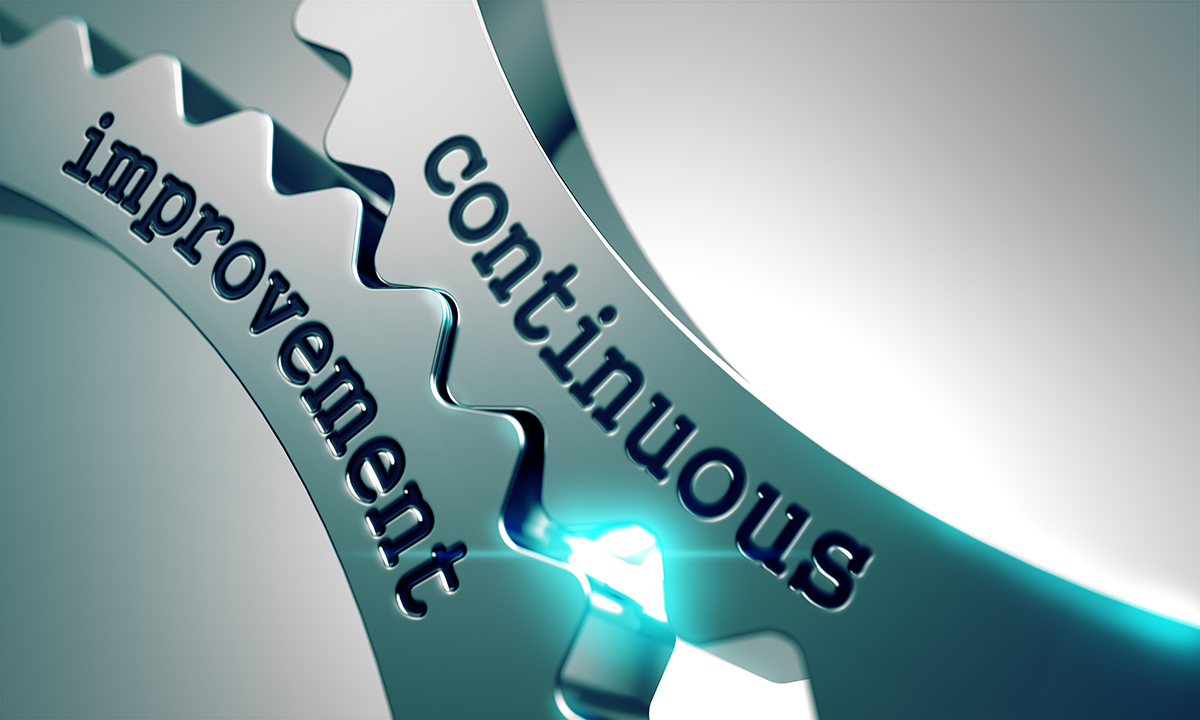
How ERP Optimization Makes Your Business Run Better
How ERP Optimization Makes Your Business Run Better
Choosing an enterprise resource planning (ERP) system is a momentous responsibility. Part of the ERP selection process is establishing goals for the system based on your organization’s needs. Once you’ve chosen the right ERP and the implementation (another huge undertaking) is complete, you can exhale and enjoy this marvelous new system without any future worries, right?
Wrong.
Your relationship with your ERP vendor should not end once the implementation is complete. If an ERP is not analyzed for performance on an ongoing basis it can become stagnant, or in the worst case, actually hinder your organization because it no longer reflects or reports the true state of business operations. This happens over time, but in extreme cases can begin in a matter of months. An ERP is an enormous investment of time and money and must be analyzed for performance and properly maintained, just like any other critical part of your business. This is where an ERP optimization project comes in.
Why ERP Optimization Matters
 ERP optimization is the process of analyzing an existing ERP to address known gaps in the system or expose unknown ones so they can be addressed. An optimization may reveal productivity issues that an enhancement or development can alleviate, improving efficiency for optimal performance and results. ERP optimization can help keep your business profitable, on the cutting edge, and ahead of the competition.
ERP optimization is the process of analyzing an existing ERP to address known gaps in the system or expose unknown ones so they can be addressed. An optimization may reveal productivity issues that an enhancement or development can alleviate, improving efficiency for optimal performance and results. ERP optimization can help keep your business profitable, on the cutting edge, and ahead of the competition.
As with a full implementation, to be successful, an optimization project must have executive sponsorship from the top of the organization. This support must be driven from the top down and is one of the most critical parts of ensuring that everyone in the organization embraces the changes to the ERP that can come as the result of an optimization project.
The Process
An ERP optimization project requires detailed business process mapping that accurately reflects the current state of the business process, the desired state of the future process, and how the improved ERP fits into that process. ERP business process mapping helps ensure that the goals of the project are universally understood, adopted, and remain in focus from initiation through to the launch date.
Here is the five-step optimization process that Cumulus Consulting uses:
- Evaluate: We complete a collaborative on-site consultation and assessment involving key members of all departments of our client’s business, gathering data based on observations and on-site process studies.
- Analyze: We analyze our findings and work with our clients to figure out what aspects of the ERP are working, where improvements are needed, and where there are gaps in functionality.
- Plan: The Cumulus team has extensive manufacturing experience, which we use to develop an optimization plan for maximum ROI based on the unique needs of each of our clients’ business needs.
- Present: We present a comprehensive optimization plan to our clients, including pricing and timeline expectations. We do not begin work until we have a full commitment from the top of the organization down.
- Rollout: Once the optimization plan is approved, we get to work and put the plan in motion, from initiation to go-live.
ERP Optimization in Phases
Getting the most out of an ERP can sometimes mean phasing in additional modules aftergo-live. There are instances where some functional areas or complete modules are not feasible to include in a go-live implementation plan. However, keeping these modules on a scheduled, phased implementation plan is critical to getting the most out of a modern ERP where all of the modules are tightly integrated. Often, modules that are not completely necessary at the time of go-live will be added to a phase two or three list. Beware, though! In our experience, we have found that these additional phases often get pushed out multiple times after the go-live date. To ensure they don’t get lost, post-launch phases should be incorporated into the optimization plan with timelines and goals attached to them.
Benefits of ERP Machine Integration
Integration of machines and plant floor equipment is another excellent way to get more from your ERP. Having an ERP partner with a wealth of manufacturing experience is a great benefit in these types of projects. Whether equipment integration occurs during an implementation or after go-live as part of an optimization project, the benefits of integration and automation in manufacturing are enormous in terms of data accuracy, increased efficiencies, real-time data access, and the ever-present push to have one version of the truth that is accessible to everyone in the organization.
If you aren’t positive that your ERP solution is working to its full potential OR if you are positive that it is not doing all that it could be doing to help your business run more efficiently and profitably, it’s time to consider an ERP optimization.
Contact Our Optimization Experts
Comments are closed.

